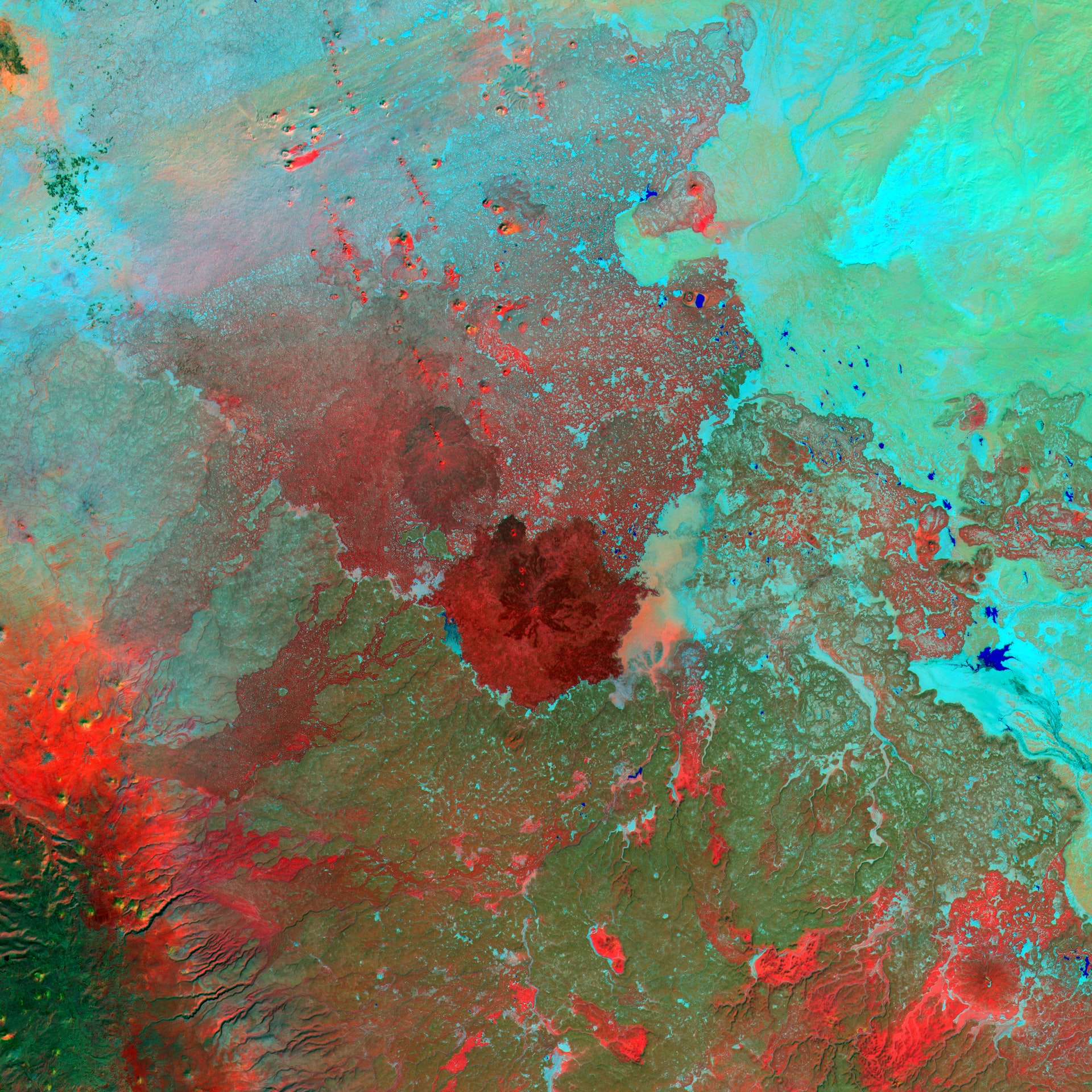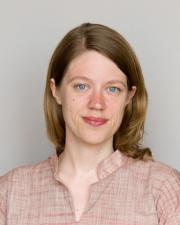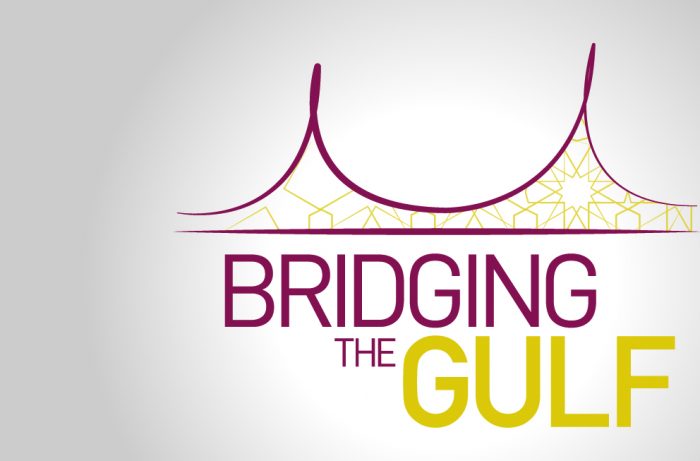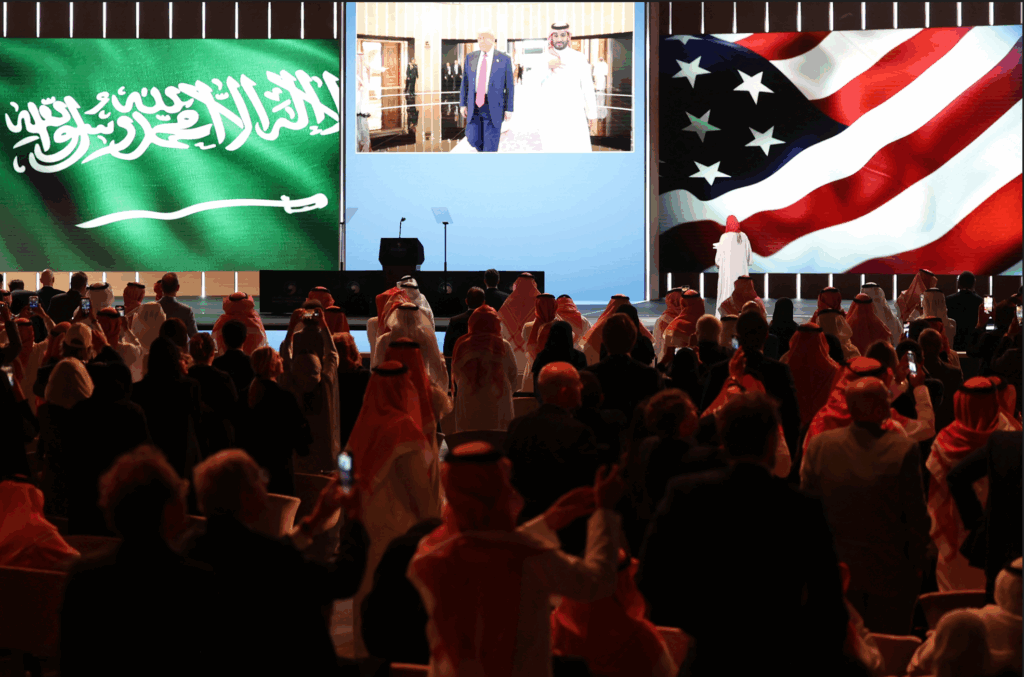
- 26 Aug 2020
[MEI Salon] Selling Out? Fighting Over Art in Syria (Past and Present)
Abstract
What are the costs of participation in the global art world? This talk highlights recent debates about the value of art in Syria both before and after the 2011 uprisings, regime reprisals and devastating wars. Professor Anneka Lenssen will be drawing on her fieldwork in Syria between 2008 and 2010 to discuss the acute changes in Syria’s national art scene after Bashar al-Asad’s regime opted to open the controlled arts sector to private galleries and international auction houses.
As dealers grew rich while artists remained penniless (and fakes flooded the market), members of the Syrian art world fought bitterly over their divergent understandings of art objects. Are they a form of personal expression, a social good or a private investment tool? This talk aims to contextualise the criticism of market value we find in these fights — including repeated accusations that the artists were “selling out” — in longer patterns of trade in art and artifacts extracted from the region.
As a conclusion, Professor Lenssen will turn to consider image politics in an activist register, with an emphasis on the emergence of important new thinking about the right to a dignified self-image. After the regime crackdowns of 2011, younger artists from Syria, most prominently the filmmaker collective known as Abounaddara, proposed to rethink the costs of art on ethical rather than economic grounds.
Join us for this public talk on 26 Aug, 10.30am to 12.00pm (SGT), which will be conducted online via Zoom. All are welcome to participate. An e-invite will be sent to you near the event date.
This event is free, however, registration is compulsory.
Image caption: Photo by USGS on Unsplash
Listen to the full event here:
Watch the full event here:
Read the Event Summary
By Ilyas Salim
In her talk, Professor Anneka Lenssen chronicled a brief but eventful history of the Syrian modern art scene, including its conditions under successive socialist regimes, which culminated in its eventual transformation by the emergence of profit-oriented galleries in the 2000s. Her lively narrative brought to the fore fundamental questions regarding the value of art, and invited participants to reassess the role of the people involved in its creation and consumption.
Summary:
Today, the decades from the 1960s to the 1980s are often described as the heyday of Syrian art. This period produced a golden generation of highly influential artists whose works are now highly sought after. The forms and themes of their artworks were naturally influenced by the particular social, political and cultural climate of the age.
In the absence of a private sector, the Syrian state emerged during this time as the main sponsor and patron of the arts, a role that was in keeping with its socialist interests in developing its citizenry. Most artists made a living through government jobs as teachers or designers, and the artists’ union received official government recognition in the 1970s. Under this collaborative system, Syrian art luminaries such as Mahmoud Hamad were appointed by the state to mentor the younger generation, and their artistic works often drew legitimacy from the socialist collective vision of the ruling Ba’ath party.
Of course, the regime’s approach was often a heavy-handed one. In return for its support, the state reserved the right to acquire and present the labours of its contracted artists at annual national exhibitions. As the regime became more controlling with each passing decade, national art production began to increasingly resemble the propagandistic output typical of proletarian governments.
Importantly, this collaborative ecosystem did not encourage an economic valuation of art that relied on its nature as an individuated sellable object. Instead, creative output was evaluated as part of a larger social system. However, by the turn of the millennium, the Bashar al-Assad regime chose to free many of the state restrictions in the arts sector. This paved the way for acute changes to take place in the Syrian art world. At the heart of these changes lay the unprecedented emergence of privately-run profit-oriented galleries, an alien force in an art scene previously devoid of an active private sector. This heralded a new era for the Syrian art scene, one that marked the beginning of its unprecedented exposure to new market forces.
As an auction market for Arab and Islamic art become to coalesce in the region, newly established galleries capitalised on the boom by encouraging a characterisation of Syrian art that derived value from its historical and cultural associations with socialist inclinations, pan-Arabist sentiments and political resistance. Naturally, this inspired a meteoric rise in the value of Syrian artworks dating from the 1960s to the 1980s. Almost overnight, paintings acquired by collectors for meagre sums became valued at hundreds of thousands of dollars.
The success and controversies revolving around Ayyam Gallery, established in 2006 by a former London banker, Mr Khaled Samawi, is somewhat emblematic of the ambivalent impact these galleries have had on a Syrian art world unaccustomed to an active private sector.
Openly announcing its profit-driven orientation, Ayyam Gallery introduced a business model in which young artists would be put under the tutelage of renowned senior artists. These young artists would be paid regular salaries in exchange for fulfilling production quotas, and the gallery retained exclusive rights to represent them.
For a younger generation of Syrian artists, Ayyam Gallery thus created a platform for their development as well as the exhibition and sale of their works. Yet the art world’s reception of Ayyam Gallery remained heavily polarised. The gallery’s unabashed announcement of its profit-driven intentions, along with Mr Samawi’s cutthroat policies against business rivals, prompted accusations of “selling out”. Additionally, the sudden exposure of the Syrian art scene to the auction market could also be dangerous to young artists whose reputations became vulnerable to its volatility.
Here, Professor Lenssen brought up a question with both practical and ethical implications: who deserves to benefit from this dramatic opening of the Syrian art market? The ecosystem of the Syrian art scene features many players performing many different functions. Private galleries and art collectors contributed greatly to the infrastructures of the art scene, and were instrumental in raising the profile, and ultimately, the value of Syrian art on the regional stage. They also profited handsomely. Meanwhile, many of the artists themselves, and their families, have been unable to tap into what is largely a secondary market. Collectors who have made millions from cheaply-acquired artworks see little reason to share their proceeds with the original creators or their families.
The rapid shifts in valuation of Syrian artworks have engulfed the galleries in rumours involving money laundering. But the unequal distribution of the rewards has also resulted in another interesting development: the rise of a flourishing forgery enterprise. In many cases, artists’ families have even resorted to collaborating with lesser known artists to produce fakes and split the proceeds. Professor Lenssen said this shadowy industry and the cloud of uncertainty it has cast upon the Syrian art scene evokes fundamental questions about how we should appraise and emotionally engage with artworks, especially those of hazy provenance.
A concomitant thread running throughout her talk involved the timeless question of how best to undertake considerations of value with respect to art and human heritage. The socialist Syrian state’s support for its artists previously foregrounded the notion of collective interest, championing the idea that art should belong to the community. At the opposite the end of the spectrum, the American system, based on personal sales and taste, represents another framework. Yet it should not be taken as the default model either, given the aforementioned consequences of the Syrian art scene’s abrupt exposure to market whims.
In closing, Professor Lenssen drew our gaze to the daring vision of Abounaddara, an anonymous art video collective, that has called for a reassessment of the premise of art as a commodity with exchangeable value.
To a global media industry driven almost purely by market considerations, images of Syrian people that sold well were those that depicted sensationalistic content. This has resulted, for instance, in the proliferation of undignified images of wounded and dying Syrian soldiers and war victims. As such, Abounaddara has called on global image-makers to recognise that Syrian people have a fundamental human right to dignified representation. In their own work, the anonymous art video artists have rebelled against dehumanising caricatures of Syrians that veer from the pathetically downtrodden to the implausibly heroic, and have instead sought to provide films that portray Syrian people in all their human complexity.
Question & Answer Session
A diverse range of questions were asked, with a key thread of inquiry asking about the practice and valuation of art during Syria’s socialist era. How, for instance, did the artists who were tethered to the state during the socialist Ba’ath regime navigate between personal artistic freedom and the rigid demands of nationalist art?
Professor Lenssen said writers examining the art of socialist and controlled societies often tended to rely on reductive narratives that saw artists as either propping up regime agendas or admirably rebelling against them. However, she highlighted instead the need for new frames to grasp the genuine complexity of artists operating in such socialist environments.
For example, in Syria, many artists of the time vigorously debated the nature and extent of state involvement as a cultural patron, and that they were not necessarily yearning for a private art market based on capitalistic valuation. Moreover, many of the period’s artists, coming from a postcolonial background, were genuinely aligned with the state’s interests in pan-Arab nationalism. Interestingly, the pan-Arab aspect of the era’s artworks continues to have significant appeal for collectors of Arab art today, as the concept carries common historical and cultural resonance for buyers across the region’s different countries.
Professor Lenssen also shared more details about the ambiguous and oft-precarious relationship between an art writer and his/her chosen objects of study. Citing herself as an example, she discussed her own writing on an artist favoured by the Ba’ath party and the conflict she faced in praising the aesthetic qualities of a figure that was ultimately connected to such a murderous regime.
Finally, she also shared advice that her mentor gave her about setting a personal rule against purchasing artworks intended for study. Doing so, she said would prevent a scholar from being able to take the customary step back to truly study the artwork objectively.
About the Speakers

Associate Professor, Global Modern Art
History of Art Department
University of California, Berkley
Professor Anneka Lenssen specialises in modern painting and contemporary visual practices, with a focus on the cultural politics of the Middle East. She teaches courses engaging with modern art and international mass culture, abstraction and aniconism, global histories of Surrealism and other transnationally conceived movements, translational practices, and historiography as well as special topic courses on Islamic art and visual culture.
She is currently on the editorial board of ARTMargins and is a faculty affiliate of Berkeley’s Center for Middle Eastern Studies.
Before joining Berkeley, she taught at The American University in Cairo, where she directed the Visual Cultures Programme (2013–2014). She also served on the board for the Association of Modern and Contemporary Art from the Arab World, Iran, and Turkey, 2019–2012). She earned her PhD from the Massachusetts Institute of Technology in the History, Theory, and Criticism of Architecture and Art programme and the Aga Khan Program for Islamic Architecture.



